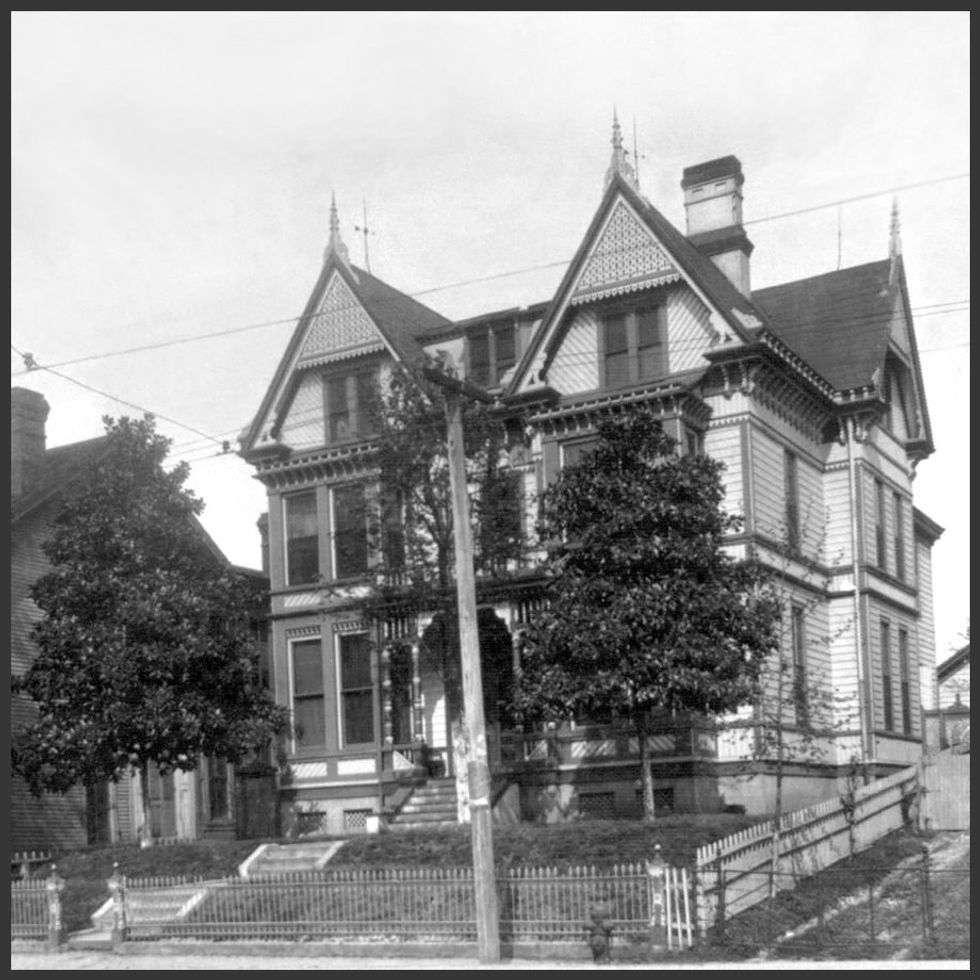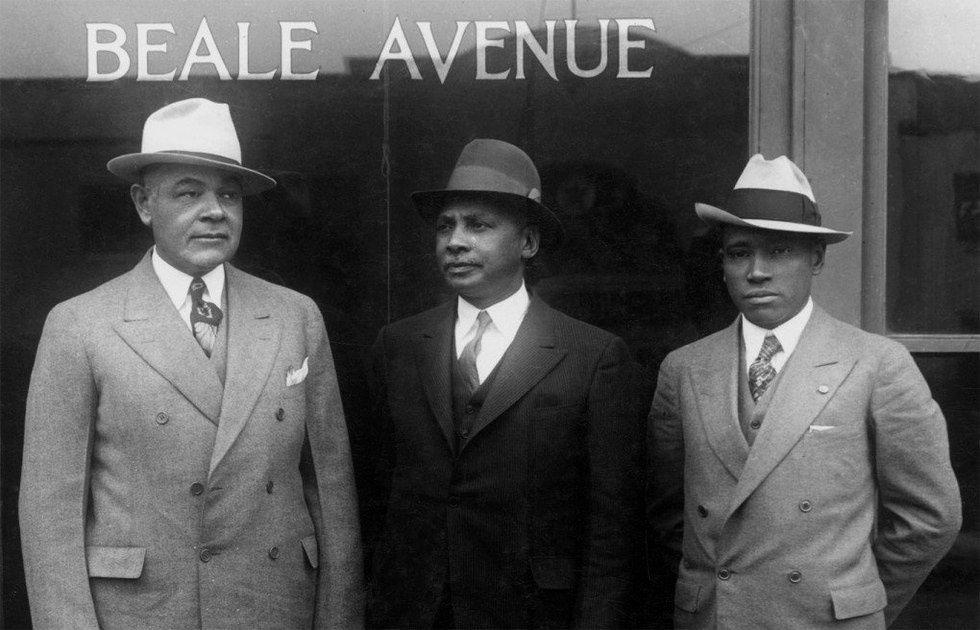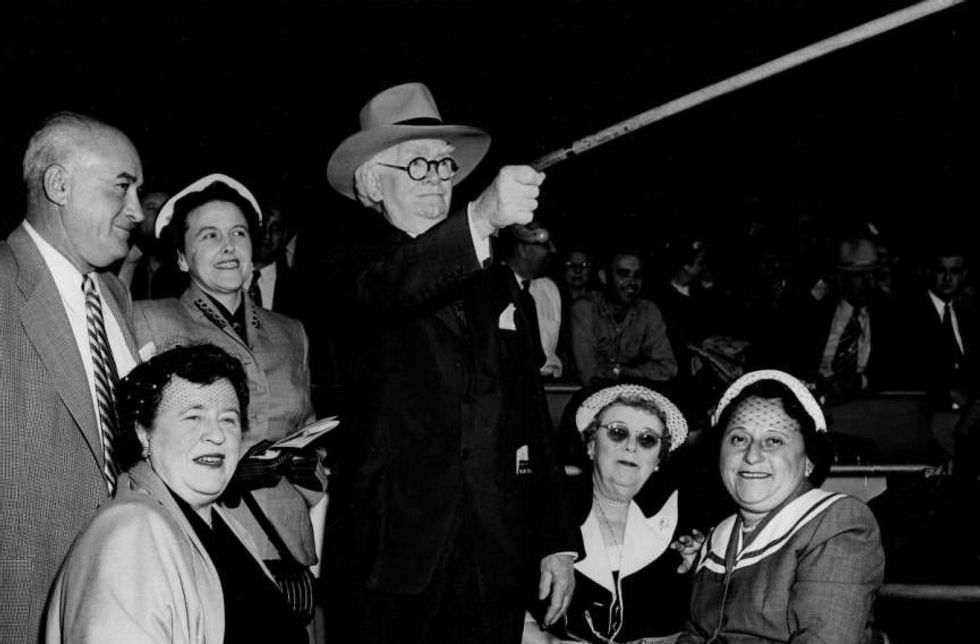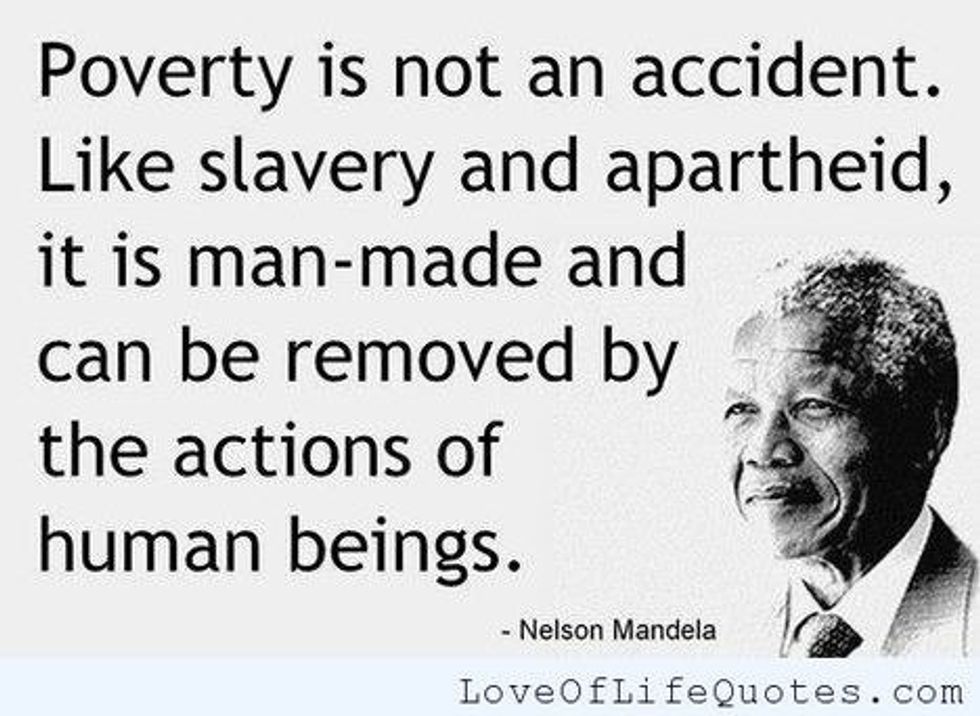Today, inequality is still a rising factor in our society as even more people of the black community are being shot and killed for reasons that still need explanation. Every day there seems to be a new story about police brutality, unfair shootings and comments on the actions of whites-on-blacks, blacks-on-blacks, etc.
President Obama defines inequality as "the defining challenge of our time." There are racial, economic and class divides that set a living standard for those in the United States. A new series is being created that provides insight into current inequality situations. "The Inequality Chronicles" focuses on racial, economic and social inequities, from historical roots to contemporary effects in major U.S. cities. The first story published in this series was about a burning that happened in south Memphis in Tennessee. This story brings focus to the racial divides that occur through housing and economic stability.
A mansion house was burned in 1953 for what firemen called a "demonstration" of their new and efficient fog nozzle fire-hose. The mansion house chosen to be burned held a great history, and "the burning of this particular home was an assertion of power because of who it had belonged to, and what it symbolized."
This was the home of Robert Reed Church, also known as the South's first black billionaire. Church was born a slave, but grew to make a fortune in real estate, and he also helped rebuild the city of Memphis after yellow fever nearly wiped out the city. Church built this home from the ground up and lived there with his family, including his son Bob Church. The Church's house was located on South Lauderdale in a predominately white neighborhood along with nine or 10 other black mansion houses within the neighborhood breaking a social norm where whites tolerated their black neighbors, while blacks lived up to their white neighbors' lifestyles. While living in this home Robert Church groomed his son to be a worker and put him in charge of many of his own businesses, such as a bank, an auditorium and several real estate holdings. Soon Bob Church went on his own path towards politics and registered black voters, ran a numerous amount of federally appointed jobs and it was noted that he had a hotline running from Beale Street to the White House.
This Church mansion represented the potential of black power all over Memphis. Robert Church and his son Bob Church were very strong economic and political powers throughout the city of Memphis in Tennessee. What led to the burning, overall, was the former alliance between Republican Bob Church and Democrat Edward Hull "Boss" Crump. Crump moved to Memphis from Holly Springs, Mississippi and became mayor in 1909, but then he resigned from the position in 1916. From 1916 until his death in 1954 he ran Memphis through a political machine that Bob Church helped with. On the surface, Church and Crump acted as enemies, but underneath they coexisted and worked together. Crump encouraged the black vote, while Church was able to sway Republican presidents to place friendly officials in federal posts while also protecting Crump's political machine from any federal investigation. Together these two political powers were able to bring Memphis through a time of exceptional growth.
As always, most good things have to come to an end. Crump turned on Church and caused him to lose everything from his properties to his organizations. Crump started to accuse Church of spreading racial hatred and told an editor of Memphis World, "You have a bunch of niggers teaching social equality, stirring up racial hatred. I am not going to stand for it. I’ve dealt with niggers all my life, and I know how to treat them … This is Memphis.” In February of 1953, the Church mansion went up in flames signaling Crump's triumph. With the burning of the Church family home came the demolition of a "slum" 10 blocks across the street from the Church house. The problem was that the area was not a slum, but a middle-class, black neighborhood. Despite many protests, the neighborhood was torn down and replaced by a 900-unit public housing complex. The city's black population had doubled in less than 30 years, and living in the housing complex was all they could afford. This was a racial strategy to keep blacks out of the white neighborhoods.
With the burning down of the Church home and the building of the housing complex, keeping blacks out of white neighborhoods worked. This is a mechanism that still continues today that many do not even notice and it occurs in cities all over the country.

























